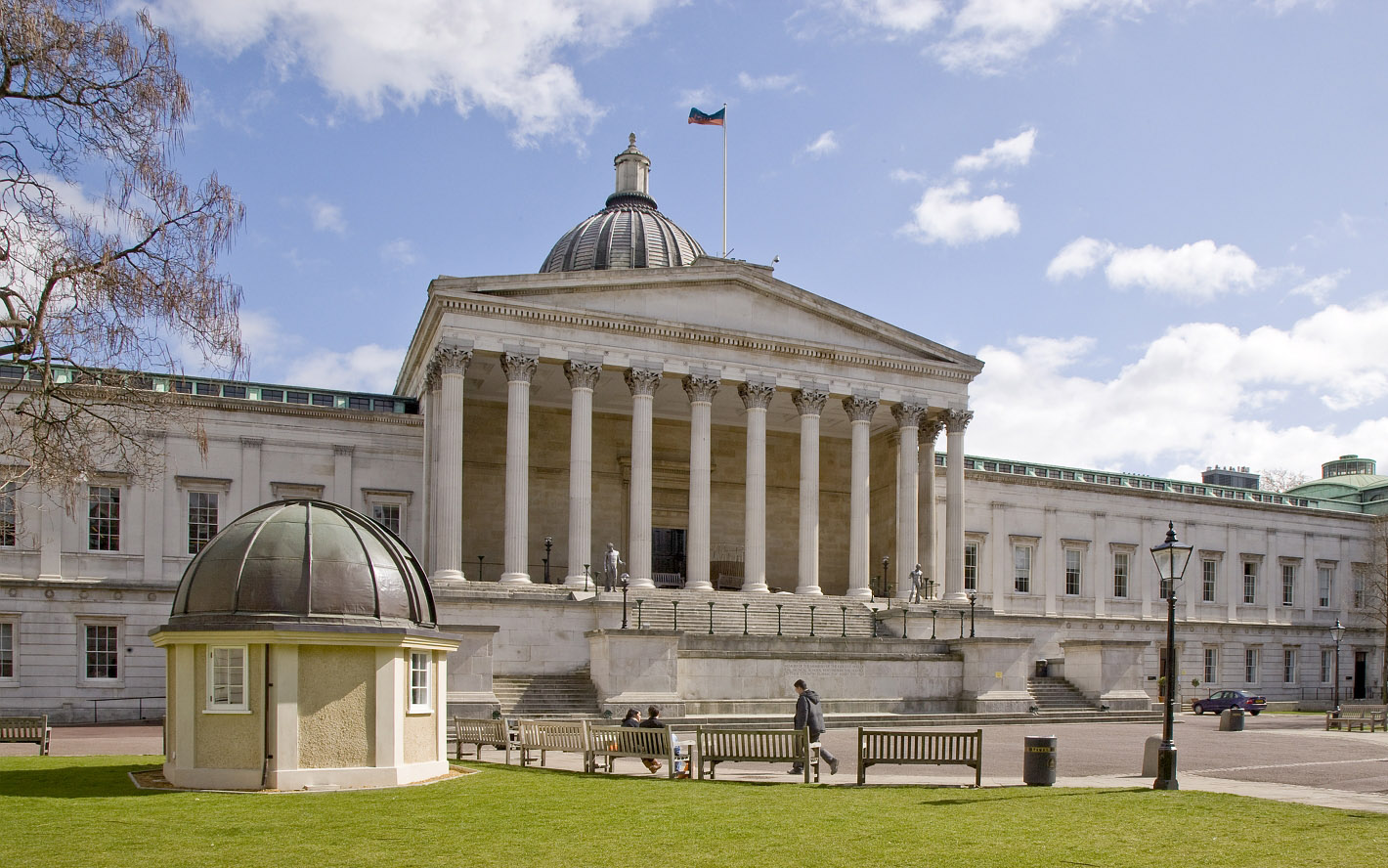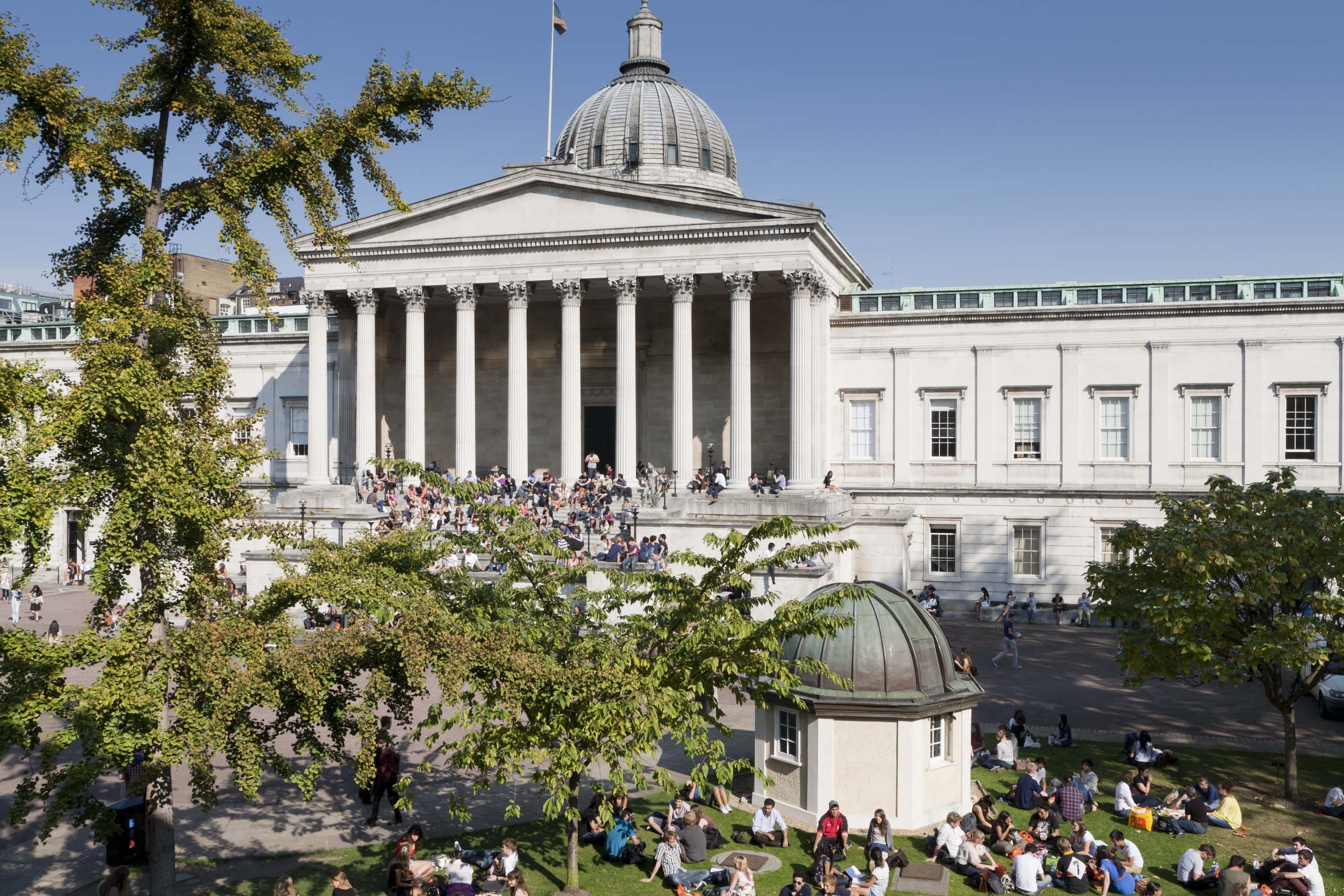
The Pantheon of European Football: A UCL Historical Trivia Guide
The UEFA Champions League, often simply referred to as the UCL, is more than just a football tournament; it is the ultimate crucible of European club football, a stage where legends are forged, dreams are realized, and history is etched with every kick of the ball. From its humble beginnings as the European Champion Clubs’ Cup to its current global phenomenon status, the UCL has delivered an unparalleled saga of drama, tactical brilliance, and unforgettable moments. This historical trivia guide delves into the rich tapestry of Europe’s premier club competition, exploring its most iconic eras, players, and unforgettable events.
I. Genesis of a Giant: The European Cup Era (1955-1992)
The seed for what would become the Champions League was planted in the mid-1950s. Inspired by a L’Équipe article by Gabriel Hanot, who envisioned a pan-European club competition following Wolves’ victory over Honvéd, the European Champion Clubs’ Cup was born in 1955.
Trivia Bites from the Early Days:
- The First Kings: Real Madrid were the undisputed monarchs of the inaugural era, winning the first five consecutive editions from 1956 to 1960. Spearheaded by the legendary Alfredo Di Stéfano and Francisco Gento (who holds the record for most European Cup/UCL titles with six), their dominance set an impossibly high bar. Their 1960 final against Eintracht Frankfurt, a thrilling 7-3 victory at Hampden Park, is widely considered one of the greatest matches ever played.
- A Milanese Affair: While Real Madrid dominated, the early years also saw Italian giants emerge. AC Milan became the first Italian team to lift the trophy in 1963, defeating Benfica. Inter Milan, under the tactical genius of Helenio Herrera and his "Catenaccio" system, followed suit with back-to-back titles in 1964 and 1965.
- The Lisbon Lions: Celtic’s triumph in 1967 marked a significant milestone. They became the first British club to win the European Cup, doing so with a team composed entirely of players born within a 30-mile radius of Glasgow – a feat that has never been repeated.
- Total Football’s Zenith: The early 1970s belonged to the Dutch masters, Ajax, who won three consecutive titles from 1971 to 1973. Led by the visionary Johan Cruyff and practicing "Total Football," their fluid, interchangeable style revolutionized the game. This was followed by Bayern Munich’s own treble of titles (1974-1976), with Franz Beckenbauer embodying the elegant libero, asserting German football’s power.
- English Dominance: The late 1970s and early 1980s were largely an English affair, with Liverpool, Nottingham Forest (under the inimitable Brian Clough, winning back-to-back titles in 1979 and 1980), and Aston Villa claiming seven out of eight trophies between 1977 and 1984. Liverpool, in particular, established themselves as a European powerhouse.
- The Unlikeliest Champions: Steaua București’s victory in 1986, defeating Barcelona on penalties after a goalless draw, remains one of the most remarkable underdog stories. Their goalkeeper, Helmuth Duckadam, famously saved all four of Barcelona’s penalties in the shootout.
II. The Champions League Era: Rebranding and Reinvention (1992-Present)
The 1992-93 season marked a significant turning point, as the competition was rebranded to the UEFA Champions League, introducing a group stage format that added more fixtures and a new level of excitement.
Trivia Bites from the Modern Era:
- Marseille’s Controversial Crown: Olympique Marseille were the inaugural Champions League winners in 1993, beating AC Milan. However, their triumph was later marred by a match-fixing scandal in the French league, leading to their relegation and exclusion from European competition the following season, though their UCL title was not revoked.
- AC Milan’s Dream Team: Fabio Capello’s AC Milan team delivered one of the most dominant final performances in 1994, dismantling Johan Cruyff’s "Dream Team" Barcelona 4-0. This Milan side, featuring defensive stalwarts like Paolo Maldini and Franco Baresi, is considered one of the greatest club teams of all time.
- Ajax’s Youthful Exuberance: Louis van Gaal’s Ajax side, brimming with young talents like Patrick Kluivert, Clarence Seedorf, Edgar Davids, and Frank and Ronald de Boer, captured the trophy in 1995, defeating AC Milan with an average age of just 23.
- Manchester United’s Treble Triumph: The 1999 final against Bayern Munich is etched in history as one of the most dramatic comebacks. Trailing 1-0 in injury time, Manchester United scored two goals through Teddy Sheringham and Ole Gunnar Solskjær to snatch victory, completing an unprecedented Treble of Premier League, FA Cup, and Champions League titles.
- The Galácticos Era: Real Madrid continued to assert their pedigree in the new millennium. Their "Galácticos" era, featuring superstars like Zinedine Zidane, Luís Figo, and Raúl, delivered three titles between 1998 and 2002, including Zidane’s iconic volley in the 2002 final against Bayer Leverkusen.
- The Miracle of Istanbul: The 2005 final between Liverpool and AC Milan is arguably the most astonishing comeback in UCL history. Trailing 3-0 at halftime, Liverpool mounted an improbable second-half resurgence, scoring three goals in six minutes to level the score, eventually winning on penalties.
- Barcelona’s Tiki-Taka Dynasty: Under Pep Guardiola, Barcelona revolutionized football with their "tiki-taka" style, built around possession, intricate passing, and relentless pressing. With Lionel Messi at its heart, they won three titles in six years (2009, 2011, 2015), playing some of the most beautiful football ever seen.
- Chelsea’s Unlikely Victory: In 2012, Chelsea, considered underdogs and having sacked their manager mid-season, defied all odds to win their first Champions League title. They overcame Barcelona in the semi-finals and Bayern Munich in their own stadium (Allianz Arena) in the final, Didier Drogba scoring a late equalizer and the decisive penalty.
- Real Madrid’s Modern Hegemony: From 2016 to 2018, Real Madrid achieved an unprecedented feat in the Champions League era, winning three consecutive titles under Zinedine Zidane. Led by Cristiano Ronaldo, Sergio Ramos, and Luka Modrić, they solidified their status as the competition’s most successful club. Their 14th title in 2022, a testament to their resilience and big-game mentality, further cemented this legacy.
III. Legends of the Pitch: The Players Who Defined the UCL
Certain players have transcended the game, their names inextricably linked with the Champions League’s greatest moments.
Iconic Player Trivia:
- The Goal-Scoring Kings: Cristiano Ronaldo and Lionel Messi stand head and shoulders above all others in terms of goals scored in the competition. Ronaldo holds the record for most goals (over 140) and most goals in a single season (17 in 2013-14), while Messi boasts an incredible goal-per-game ratio and countless magical moments. Their individual rivalry pushed each to new heights.
- Mr. Champions League: Francisco Gento (Real Madrid) holds the record for most European Cup/UCL titles won by a player with six.
- Most Appearances: Cristiano Ronaldo also leads in total appearances, having graced the competition with Manchester United, Real Madrid, and Juventus.
- The One-Club Man: Paolo Maldini spent his entire illustrious career at AC Milan, winning five European Cups/UCL titles over an astonishing 20 seasons, making him a symbol of longevity and loyalty.
- The Architects: Zinedine Zidane, Johan Cruyff, Alfredo Di Stéfano, Franz Beckenbauer, Xavi, and Andrés Iniesta are just a few of the midfield maestros and attacking geniuses who orchestrated countless victories and shaped their teams’ playing styles.
- Goalscoring Records:
- Fastest Goal: Roy Makaay (Bayern Munich) scored against Real Madrid in just 10.12 seconds in 2007.
- Most Goals in a Final: Ferenc Puskás (Real Madrid) scored four goals in the 1960 final.
- Unique Achievements: Only one player has scored in three different Champions League finals: Cristiano Ronaldo (2008, 2014, 2017).
IV. Tactical Evolution and Managerial Masterminds
The Champions League has been a laboratory for tactical innovation, showcasing the evolution of football over the decades.
- Catenaccio’s Counter: Helenio Herrera’s Inter Milan popularized the ultra-defensive "Catenaccio" in the 1960s, focusing on tight marking and swift counter-attacks.
- Total Football’s Flow: Rinus Michels and Johan Cruyff at Ajax introduced "Total Football," a fluid system where players could interchange positions, creating numerical superiority across the pitch.
- Sacchi’s Zonal Revolution: Arrigo Sacchi’s AC Milan in the late 1980s perfected zonal marking, high defensive lines, and relentless pressing, redefining modern defending.
- Tiki-Taka’s Dominance: Pep Guardiola’s Barcelona took possession-based football to its extreme, using short passes and constant movement to control the game and overwhelm opponents.
- Gegenpressing’s Intensity: Jürgen Klopp’s Borussia Dortmund and Liverpool teams championed "Gegenpressing," an aggressive counter-pressing strategy designed to win the ball back immediately after losing it.
V. The Underdog’s Roar and Unexpected Victories
While the competition is often dominated by a handful of super clubs, the UCL also has a rich history of surprising triumphs.
- Red Star Belgrade (1991): The Yugoslavian side, featuring talents like Dejan Savićević and Robert Prosinečki, famously won the last European Cup before the rebrand, defeating Marseille on penalties after a goalless final.
- Borussia Dortmund (1997): Against all odds, Dortmund, managed by Ottmar Hitzfeld, upset the mighty Juventus team (featuring Zidane, Del Piero, and Deschamps) 3-1 in the final.
- Porto (2004): Jose Mourinho announced himself on the world stage by guiding an unfancied Porto side to an astonishing victory, defeating Monaco 3-0 in the final. Their journey included knocking out Manchester United and Deportivo La Coruña.
VI. The Symbols: Anthem, Trophy, and Global Reach
- The Anthem: The iconic UEFA Champions League Anthem, an arrangement by Tony Britten of Zadok the Priest by George Frideric Handel, evokes a sense of grandeur and anticipation. Its distinct blend of English, French, and German lyrics is instantly recognizable.
- The Trophy: Standing 73.5 cm tall and weighing 7.5 kg, the sterling silver trophy, often referred to as "Ol’ Big Ears," is one of the most coveted prizes in sports. Clubs that win the trophy five times or three consecutive times receive a special mark of honour or the right to keep the original trophy (though the rule has since changed to a replica).
- Global Phenomenon: The Champions League final is one of the most-watched annual sporting events globally, attracting hundreds of millions of viewers. Its reach extends far beyond Europe, captivating fans on every continent.
Conclusion
From its initial vision as a contest for champions to its current status as a global spectacle, the UEFA Champions League has consistently delivered on its promise of elite competition. It is a stage where tactical ingenuity meets individual brilliance, where dynasties are built and shattered, and where the impossible often becomes reality. Each season adds new chapters to its storied history, ensuring that the pantheon of European football continues to grow, forever capturing the imagination of fans worldwide. The allure of "Ol’ Big Ears" remains as potent as ever, a beacon for clubs and players aspiring to etch their names into footballing immortality.


